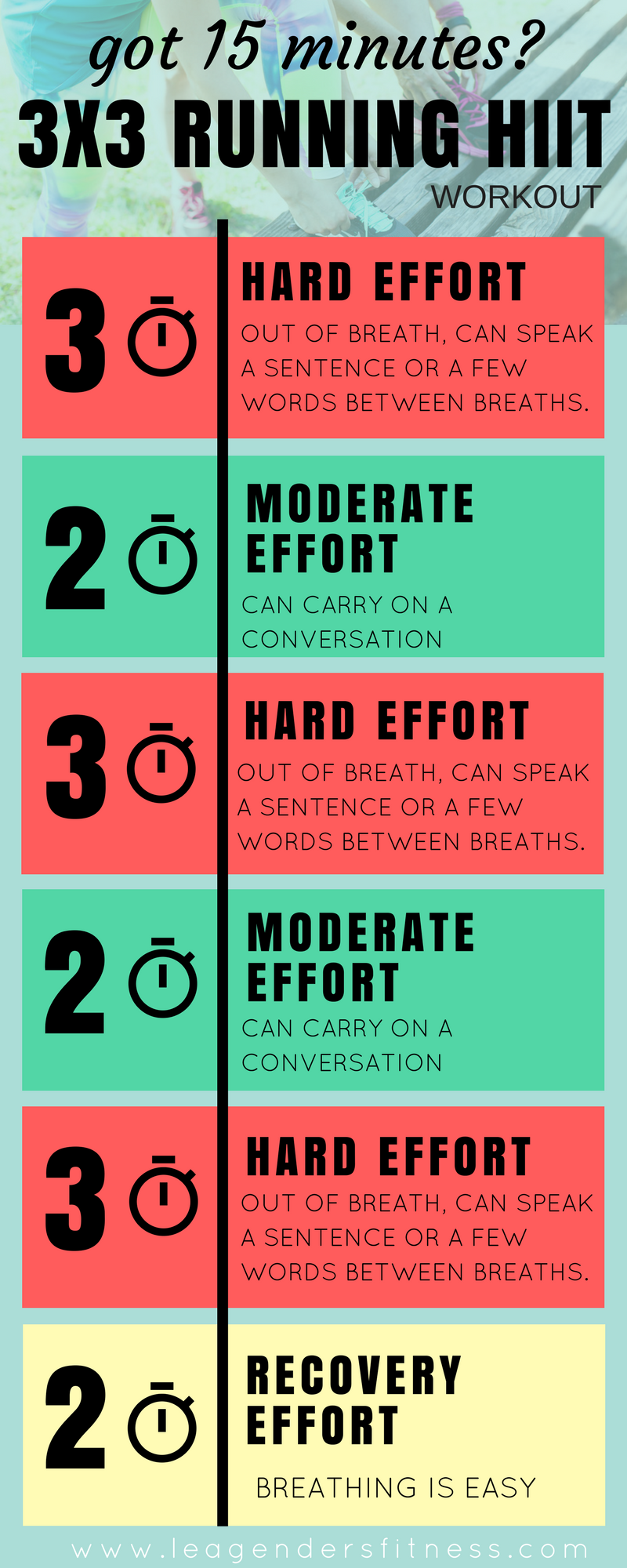Dominate Your Runs: Proven Strategies for Efficient Running Workout
Dominate Your Runs: Proven Strategies for Efficient Running Workout
Blog Article
The Ultimate Guide to Taking Care Of Discomfort When Running
Whether you are a skilled marathoner or simply starting your running journey, comprehending the numerous types of pain that can occur and the strategies to address them is important. From pre-run warm-up regimens to appropriate shoes choice, there are countless factors to consider when it comes to dealing with pain while running.

Recognizing Various Kinds Of Running Pain
When running, it is vital to distinguish between different kinds of pain to stop injuries and make the most of efficiency (Read More). One usual type of pain that runners may experience is muscle pain, which typically emerges from the stress and anxiety placed on muscle mass during workout. This sort of pain is often a regular part of the running procedure and can be taken care of with proper workout, cool-down, and stretching regimens
One more sort of pain to be familiar with is joint discomfort. Joint pain can suggest concerns such as overuse, improper kind, or underlying problems like arthritis. Neglecting joint discomfort can cause more serious injuries, so it is crucial to deal with any kind of pain quickly and potentially look for specialist advice.
Furthermore, sharp or stabbing discomforts need to not be disregarded. These kinds of discomfort can signify acute injuries such as strains, sprains, or anxiety cracks - running strategy. Remaining to run through these sorts of pain can worsen the injury and lengthen recuperation time

Pre-Run Workout and Extending Regular
To prepare the body for a running session, executing an efficient pre-run warm-up and stretching routine is vital. A correct workout helps enhance blood flow to the muscle mass, enhances versatility, and minimizes the threat of injury throughout the run. Start with vibrant stretches like leg swings, arm circles, and high knees to slowly increase your heart price and relax the muscular tissues. Dynamic extending helps imitate the motions you'll be doing while running, preparing your body for the task ahead. Follow this with fixed stretches concentrating on major muscle groups such as the hamstrings, quadriceps, calf bones, and glutes. Hold each stretch for about 15-30 secs without jumping to promote muscle leisure and versatility. Bear in mind to pay attention to your body and readjust the strength of your warm-up based on your physical fitness degree and any type of pre-existing problems. By incorporating a consistent pre-run workout and extending regular into your running routine, you can optimize efficiency and lessen the danger of pain or injury.
Proper Shoes Selection and Fit
Picking suitable shoes that fits well is crucial for runners to protect against discomfort and lower the danger of injuries. Uncomfortable shoes can bring about blisters, black toe nails, shin splints, and various other uncomfortable conditions that can prevent efficiency and sideline training. When choosing operating footwear, it is important to take into consideration elements such as foot kind, running stride, arch assistance, padding, and footwear size. running workout. Visiting a specialized running store for a stride evaluation and specialist fitting can aid make certain that you pick the right footwear for your individual demands. Running footwear need to provide ample support and security while also being comfortable and light-weight. Additionally, it is suggested to change your operating footwear every 300-500 miles to maintain correct cushioning and assistance. Buying high-grade footwear that is suitable for your running style and foot composition is a proactive step towards stopping discomfort and injuries during your runs.
Nutrition and Hydration Tips for Pain Prevention

Hydration is similarly critical for runners to prevent pains, dehydration, and other pains that can lead to discomfort during running. By focusing on nourishment and hydration, runners can improve their efficiency, minimize pain, and appreciate a more comfortable running experience.
Post-Run Recovery Techniques to Reduce Pain
Applying effective healing strategies is essential for easing discomfort and promoting muscle mass healing after running sessions. One essential post-run recovery method is stretching. Including fixed stretches for major muscle mass groups can aid decrease muscle mass tension and discomfort. Foam rolling is an additional beneficial technique to release muscle mass rigidity and enhance blood circulation to the muscular tissues, assisting in quicker recuperation. In addition, topping aching locations for 15-20 mins can help in reducing inflammation and numb pain post-run.
Taking in a balanced snack or dish that includes protein and carbs within 30 mins of completing a run can help repair muscle mass tissue and restore energy stores. By incorporating these post-run recovery techniques right into your routine, try this website you can efficiently manage discomfort and enhance your running efficiency.
Final Thought
In final thought, addressing various sorts of running discomfort with appropriate warm-up, extending, footwear selection, nourishment, hydration, and post-run recuperation methods is essential for discomfort prevention and monitoring. By recognizing the reasons of discomfort and implementing these strategies, joggers can minimize pain and potential injuries. It is critical to prioritize total physical health and wellness and health to guarantee an effective and pleasurable running experience.
Report this page